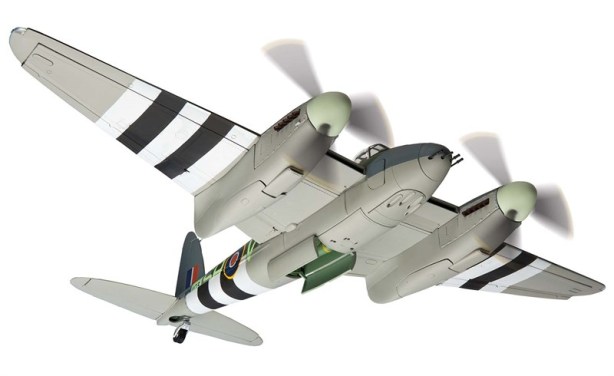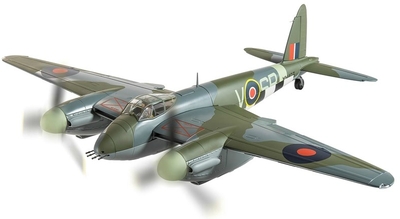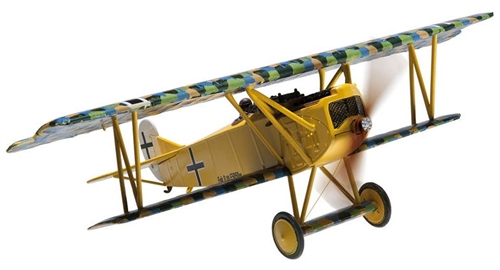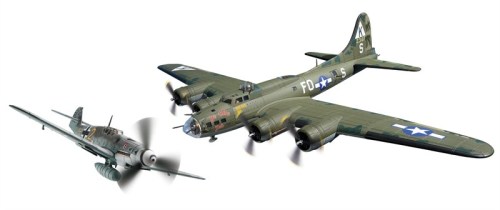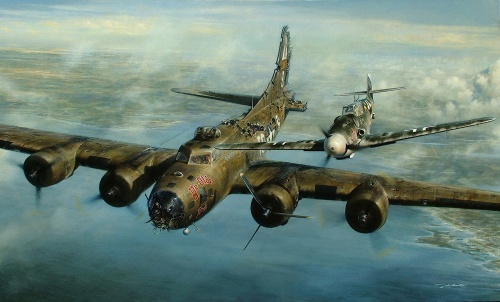
“The worst journey in the world.”
– British Prime Minister Winston Churchill in his remarks about the lend-lease convoys transiting the Arctic to reach the Russian ports of Archangel and Murmansk
Among its many roles, the He 111 served as a torpedo bomber in the Battle of the Atlantic and the Mediterranean Sea. In the Atlantic campaign the Luftwaffe created Fliegerführer Atlantik for this purpose. In the spring 1941, the Luftwaffe had been using conventional bombs to attack shipping more often than not. Such a method resulted in heavy losses to He 111 units in aircraft and crew as the 111s attack point was too close. III./Kampfgeschwader 40 had only eight of 32 crews remaining by April 1941 and had to be withdrawn. Most He 111 units were replaced by the faster Junkers Ju 88 and Dornier Do 217 which also suffered losses, but not to the extent of the He 111.
A proper aerial torpedo could have prevented such losses. The German Navy had purchased Horton naval torpedo patents from Norway in 1933 and the Whitehead Fiume patent from Italy in 1938. But air-launched torpedo development was slow. In 1939 trials with Heinkel He 59 and Heinkel He 115 had revealed a 49 percent failure rate owing to aerodynamic difficulties and depth control and fusing difficulties. Until 1941 the Luftwaffe obtained poor results in this field. When in 1941 the Luftwaffe took an active interest, the Kriegsmarine resisted Luftwaffe involvement and collaboration and direct requests by the Luftwaffe to take over development was refused. With the Atlantic campaign in full swing, the Luftwaffe needed a torpedo bomber to allow its aircraft to avoid increased shipboard anti-aircraft armament. It set up a number of schools devoted to torpedo attack at Gossenbrode, Germany and Athens, Greece. It was found that the He 111 was highly suited to such operations. In December 1941 the Luftwaffe was granted the lead in torpedo development. Trials at Grossenbrode enabled the He 111 to carry two torpedoes, while the Ju 88 could also manage the same number and remain faster in flight. KG 26 was equipped with both the He 111 and Ju 88. Some 42 He 111s served with I./KG 26 flying out of Norway.
The He 111’s ordnance was the Italian Whitehead Fiume 850 kg (1,870 lb) torpedo and the German F5 50 kg (110 lb) light torpedo. Both functioned over a distance of 3 km (1.9 mi) at a speed of 40 km/h (25 mph) The Whitedhead armament weighed over 200 kg (440 lb). To make an attack the He 111 pilot had to drop to 40 m (130 ft) and reduce air speed to 190 km/h (120 mph). The water depth had to a minimum of 15 m (49 ft). In comparison to the Italian and German-designed ordnance, the Imperial Japanese Navy‘s Type 91 torpedo — the ordnance which proved so devastating to the U.S. Navy‘s warships during the Attack on Pearl Harbor — would end up being considered for German production as the Luftorpedo LT 850, after its plans were taken to Germany nine months later by IJN submarine I-30 on August 2, 1942.
The He 111 was committed to operations in the Arctic Ocean against the Arctic convoys traveling to the Soviet Union from North America and the United Kingdom. One notable action involved I./KG 26 attacking Convoy PQ 17 in June 1942. I./KG 26 and its He 111s sank three ships and damaged three more. Later, III./KG 26 helped Ju 88s of III./KG 30 based at Banak sink several more ships. Some 25 out of 35 merchant ships were sunk altogether. Convoy PQ 16 was also successfully intercepted by KG 26, who claimed four vessels, but lost six crews in return. Convoy PQ 18 was also intercepted during 13 15 September 1942. In total some 13 out of 40 ships were sunk. However it cost the Luftwaffe 40 aircraft, of which 20 were KG 26 He 111s. Of the 20 crews, 14 were missing.[42]
He 111 torpedo units continued to operate with success elsewhere. Anti-shipping operations in the Black Sea against the Soviet Navy were also carried out. The Soviets mainly sailed at night and singly, making interception very difficult. The Soviets also heavily protected their shipping at sea and in port. Anti-aircraft defensive fire was severe in daylight and at night was supported by searchlights, though these measures did not stop the He 111 completely. Geschwader continued to press home their attacks with some success.
In the Mediterranean theatre the Allies had won air superiority by 1943 but the torpedo Geschwader, KG 26, continued to operate He 111s in shipping attack units. The He 111s attacked Allied shipping along the African coast flying from bases in Sicily and Sardinia both in daylight and darkness. In spite of nightfighers and anti-aircraft defences the He 111s continued to get through to their targets. Losses meant a gradual decline in experienced crews and standards of attack methods. Such missions were largely abandoned in the spring owing to shortages in aircraft and crews. By April, KG 26 could only scrape together some 13 Ju 88 and He 111 torpedo bombers. With the exception of I./KG 26 all other groups converted onto the Ju 88.
Look for Corgi’s recently announced Heinkel He-111H-6 torpedo bomber some time this summer (AA33715).










